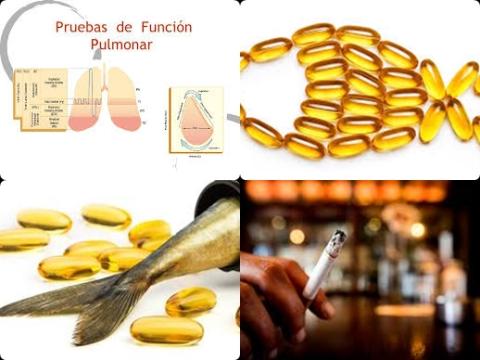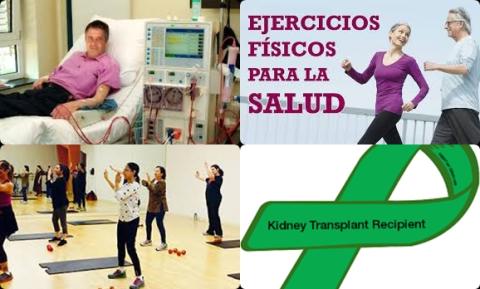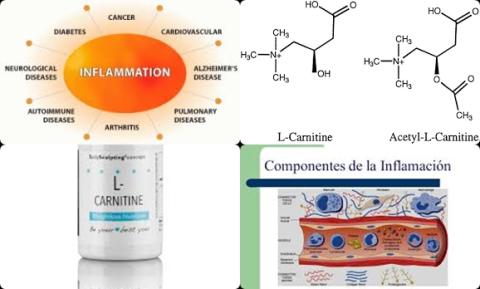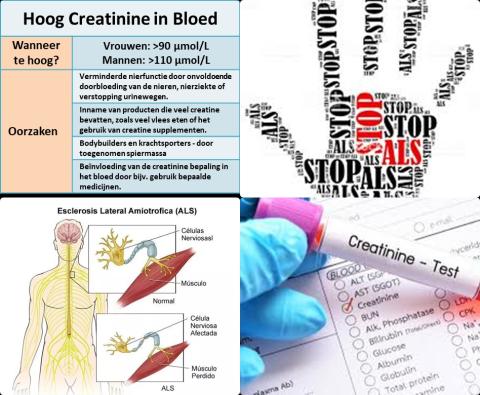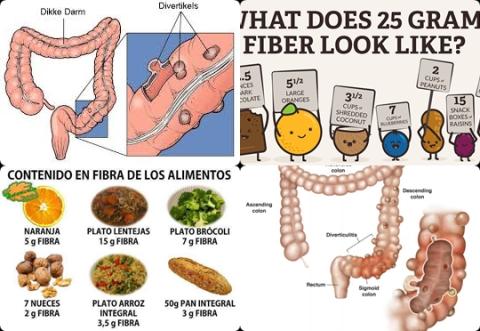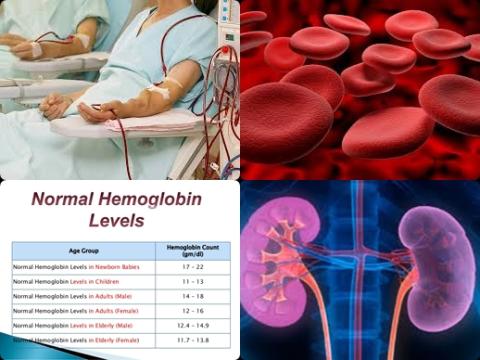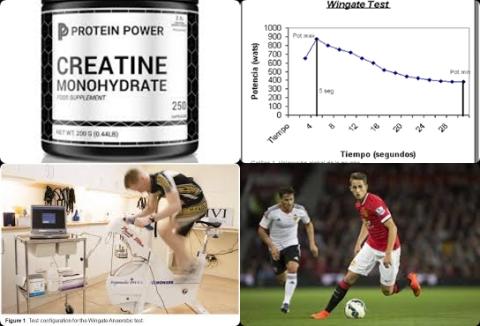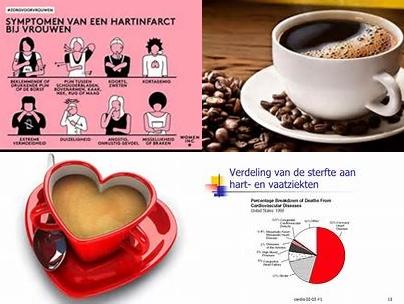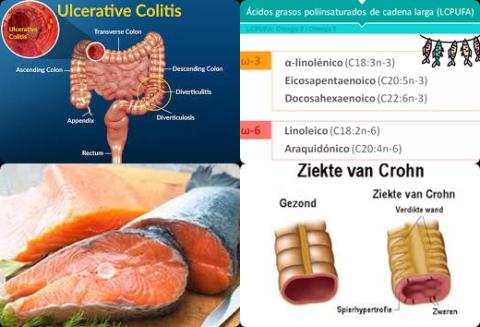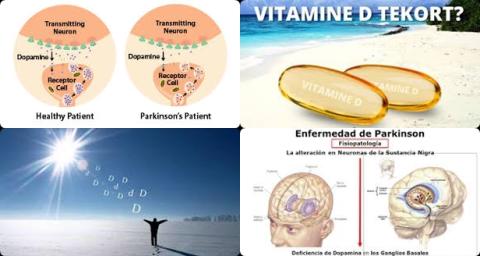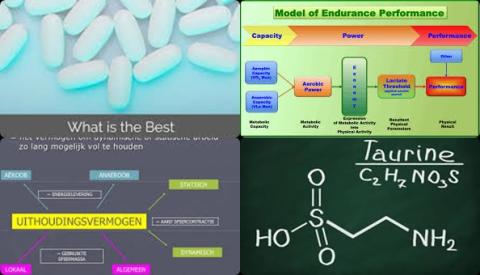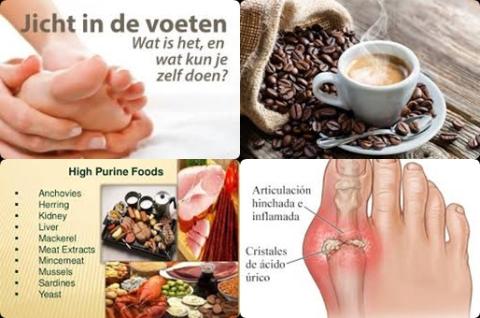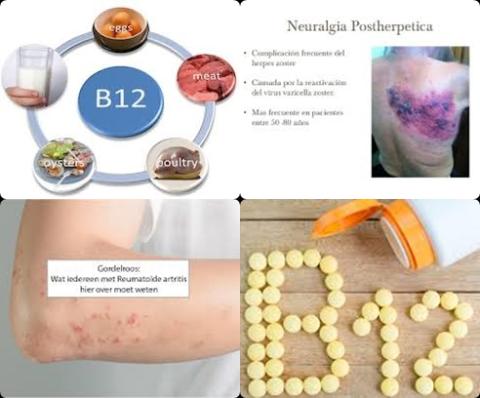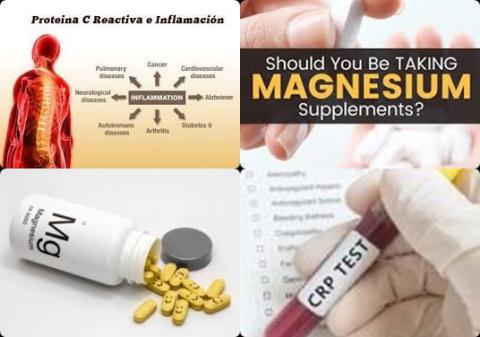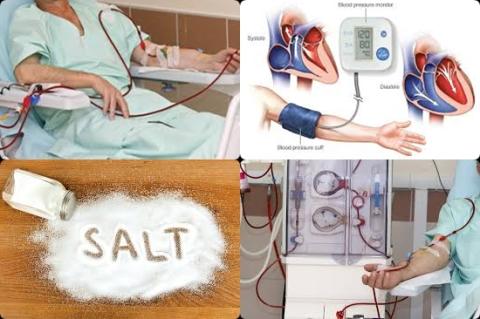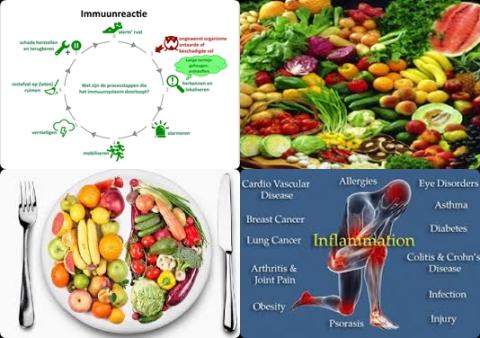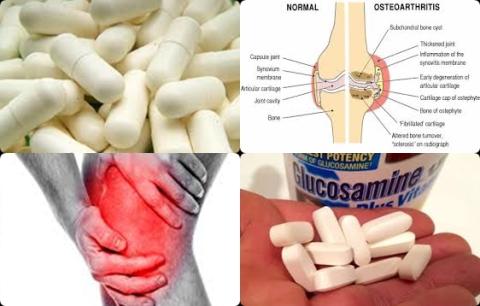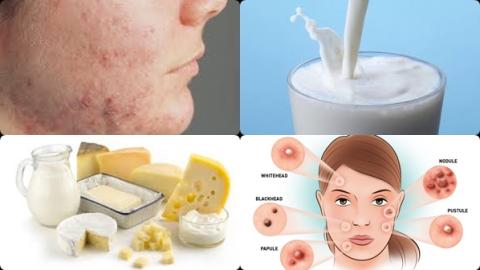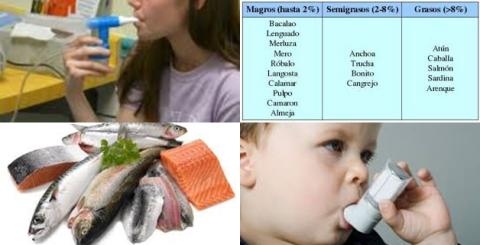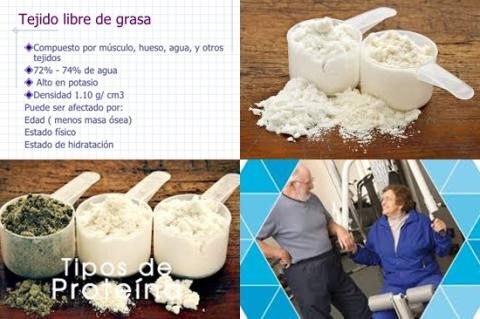Vitamin D improves fasting glucose among patients with chronic kidney disease
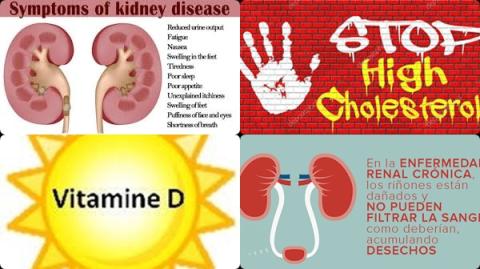
Objectives:
Insulin resistance, dyslipidemia and increased systemic inflammation are important risk factors for chronic kidney disease (CKD). Hence, vitamin D administration might be an appropriate approach to decrease the complications of chronic kidney disease. Therefore, this review article has been conducted.
Have vitamin D supplements beneficial effects on people with chronic kidney disease?
Study design:
This review article included 17 RCTs.
Results and conclusions:
The investigators found pooling findings from 5 RCTs revealed a significant reduction in fasting glucose among people with chronic kidney disease [WMD = -18.87, 95% CI = -23.16 to -14.58] following the administration of vitamin D.
The investigators found pooling findings from 3 RCTs revealed a significant reduction in homeostatic model assessment of insulin resistance (HOMA-IR) among people with chronic kidney disease [WMD = -2.30, 95% CI = -2.88 to -1.72] following the administration of vitamin D.
The investigators found pooling findings from 6 RCTs revealed a significant reduction in triglycerides among people with chronic kidney disease [WMD = -32.52, 95% CI = -57.57 to -7.47] following the administration of vitamin D or treatment.
The investigators found pooling findings from 5 RCTs revealed a significant reduction in total cholesterol concentrations among people with chronic kidney disease [WMD = -7.93, 95% CI = -13.03 to -2.83] following the administration of vitamin D or treatment.
The investigators found there was no effect on insulin, HbA1c, LDL and HDL cholesterol and CRP levels among people with chronic kidney disease following the administration of vitamin D or treatment.
The investigators concluded there are beneficial effects of vitamin D supplementation or treatment on improving fasting glucose, HOMA-IR, triglycerides and total cholesterol levels among patients with chronic kidney disease.
Original title:
The effects of vitamin D treatment on glycemic control, serum lipid profiles, and C-reactive protein in patients with chronic kidney disease: a systematic review and meta-analysis of randomized controlled trials by Milajerdi A, Ostadmohammadi V, […], Asemi Z.
Link:
https://www.ncbi.nlm.nih.gov/pubmed/31338797
Additional information of El Mondo:
Find here more information/studies about chronic disease, cholesterol, vitamin D and kidney diseases.
